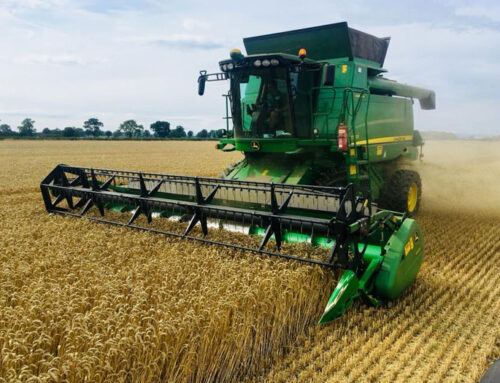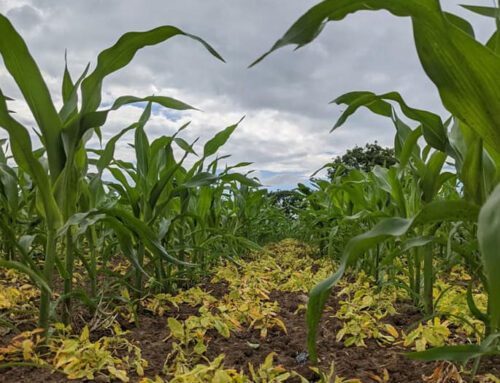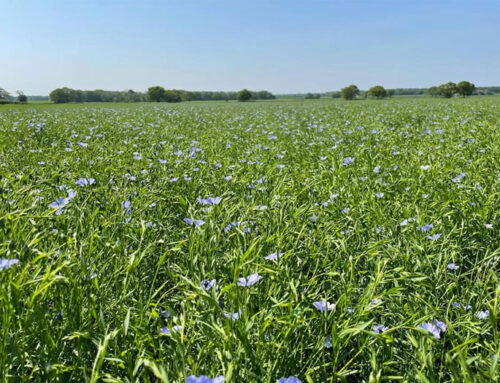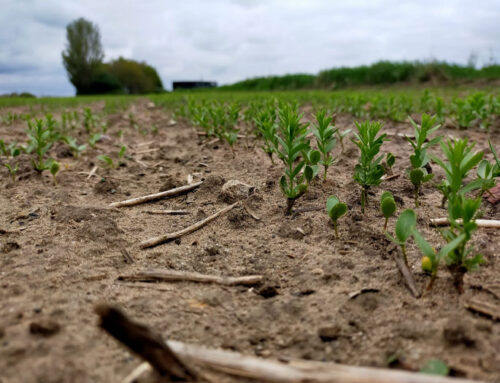As the favourable conditions continue for the fifth month in a row all I can think of is when will this fairy tale eventually end? With annual rainfalls in our region generally forming a similar trend year on year, and just the timing of deluges differing, I fear we have only 10 weeks to accumulate 40% of the total rainfall as usually expected. Saying that the majority of crops are now in the ground with many already up and basking in the autumnal sun, standing them in good stead for whatever the winter of 2022 will throw at us.
Winter barley crops are for the most ranging from GS11 to the early sown crops already reaching early tillering (GS21). For those latter mentioned crops follow-up sprays are being applied targeting any problematic grass weeds or broad-leaved weeds that may be rearing their head or are historical troublemakers. Careful monitoring of aphids is showing unnerving evidence of populations that are at a threshold to treat so an aphicide will be applied in those hot bed areas along with a tonic of manganese on lighter soils which will help keep the crop healthy heading into winter.
Winter wheats as with barleys are at varying stages with 1st wheats around GS12-13 while the vast majority are either at GS11 or just emerging. The wheat campaign still continues with drilling nearly complete while a few stragglers following roots will be going in as soon as the current crop is lifted. With ground conditions favouring a kind lifting period soils are being left in great condition. I have even had one grower who while lifting had the cereal drill tight on his heals. the field was lifted, drilled, sprayed with pre-emergence and the gate shut within 24 hours, there’s not many seasons we can get away with this. Pre-ordered showers have arrived sporadically which have helped keep soils nice and friable while still providing sufficient moisture to hopefully get the best from the pre-emergence sprays. Spray programs have also followed suit of drilling and for the most have gone on in good time and when requested. This makes workload a little easier for both agronomist and farmer leading into the second half of the 2022/2023 season.
Oilseed rape crops have gone from strength to strength following October’s rainfall. With only a small handful of fields not making the cut I am quite happy with what we have been left with, especially considering how some of the later sown crops looked end of September sitting dehydrated and battered from flea beetle. Arylex (Belkar) applications have now all been applied, and results so far are pleasing even on some of those larger poppies! Mealy cabbage aphids have been forming colonies in many early sown OSR crops in quite large numbers. In some cases, this can cause plant loss while they are also thought to transmit virus. Many varieties have resistance to virus however there are still a handful that don’t. With unusually large numbers and mild weather a treatment may be necessary.
Winter linseed crops are now up and away with crops reaching around 2-3cm in height. Pre-emergence sprays are working well on heavier soils while lights sands have a few broad-leaved weeds slipping through, not at worrying numbers yet so I am hopeful treatment can wait until spring. Now is time to get any Clethodim (Centurion Max) applications on before the end of October where blackgrass or annual meadow grass (needs to be small pre tillering) populations are a problem.




